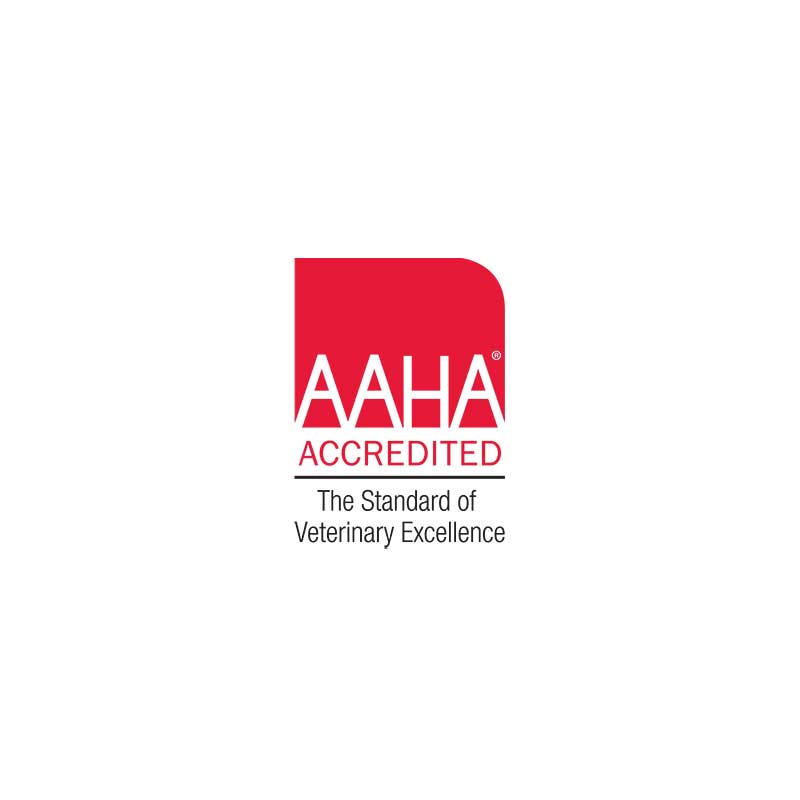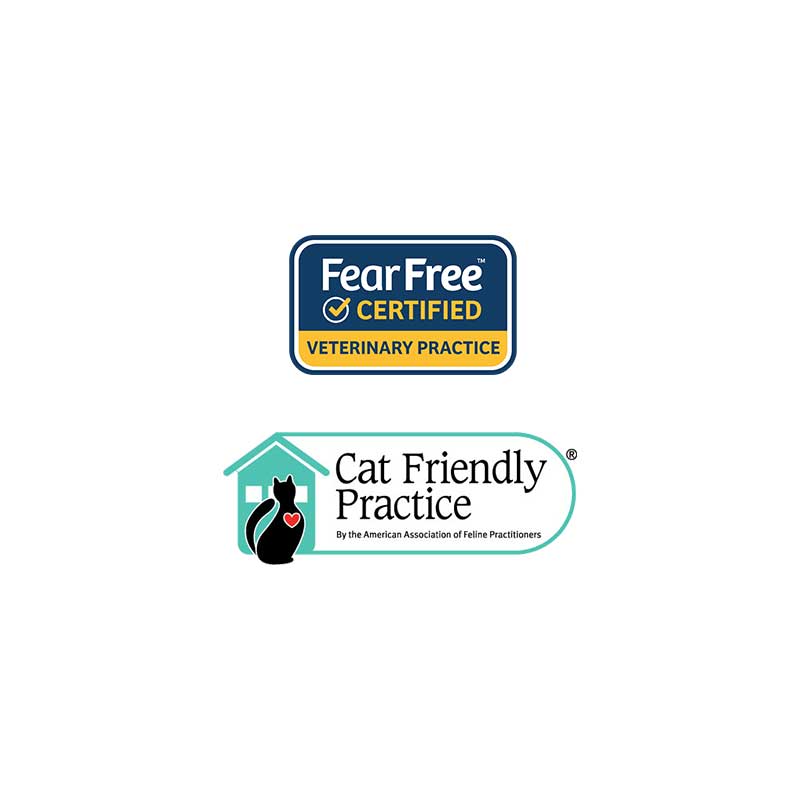AAHA Accredited
Boston Veterinary Clinic is proud that all of our clinic locations are accredited by the American Animal Hospital Association (AAHA). Less than 15% of small-animal hospitals in the US and Canada achieve AAHA accreditation. The pursuit of accreditation requires rigorous review of all medical, surgical and safety standards, a focus on upholding employee well-being and practice culture and providing the highest level of patient care and client services.
Pet parents can trust that our AAHA-accredited clinics follow the AAHA Standards of Accreditation, which are continuously reviewed and updated by leaders in the veterinary industry, BVC clinics are recognized amongst the finest because we voluntarily chose to be evaluated on more than 900 quality standards that go above and beyond state regulations, ranging from patient care and pain management to career development and mentoring of our doctors and team members. AAHA accreditation also acknowledges BVC as innovators in our field through integrated diagnostic services and advanced equipment and instrumentation.

Fear Free Certified + Cat Friendly Practice Distinction
Our entire Boston Veterinary Clinic team is committed to preventing and alleviating fear, anxiety and stress in our patients through our Fear Free and Cat Friendly culture and practices. All of our clinics are practice certified through Fear Free and the AAFP as Cat Friendly and each and every team is a Fear Free certified professional. Fear Free certification and the Cat Friendly distinction sets us apart from most general practices as we are specialized in focusing on the emotional wellbeing of our patients throughout their lives, not just when they visit us at the veterinary clinic.
What can you expect during your Fear Free & Cat Friendly visit at BVC?
- No white coats here! Lots of soothing music and no noxious smells that are a deterrent to you or your pet
- Separate waiting and treatment areas and exam rooms for dogs and cats
- Non-slip surfaces on exam tables, scales and floors
- Using high reward treats and food for positive reinforcement and distraction
- You will be with them in the exam room throughout their entire visit
- Providing a separate space with more of a “living room” feel
- Knowing when to provide emotional rescue by stopping and readjusting what we’re doing as we read your pet’s body cues and what they are trying to “tell” us closely
- Providing you with ways to decrease your pet’s anxiety with supplements, calming medication and enrichment strategies
